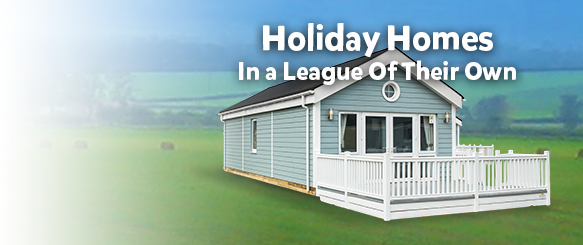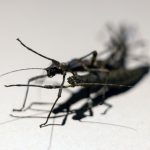This species is sexually dimorphic, meaning that males and females look different.
The females are larger than the males, and tend to have more contrasting colours with areas of dark or light brown and some with white bands on the legs and body, whereas the males tend to be light to medium brown in colour.
This appearance is vital in helping them to evade predators by blending into the bark, leaves, moss and lichen on the trees and bushes that they live in and feed on.
This species is able to reproduce both sexually and parthenogenically, which means that females can still produce fertile eggs without a male present.

